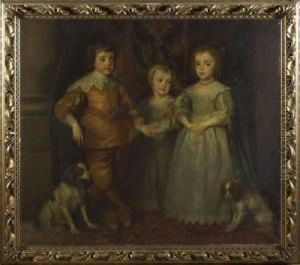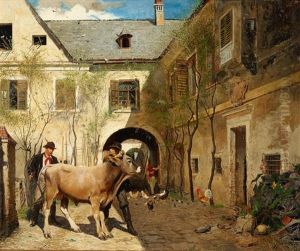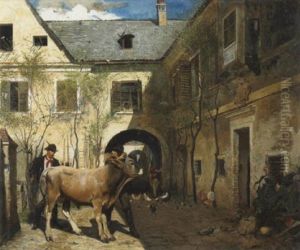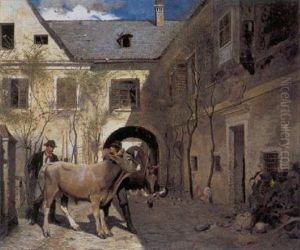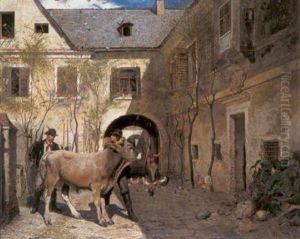Franz Wenzel Schwarz Paintings
Franz Wenzel Schwarz was an Austrian artist born on September 17, 1889, in Vienna. He grew up during a period when Vienna was a vibrant cultural hub at the turn of the 20th century, which likely influenced his artistic development. However, Schwarz is not as widely recognized as some of his contemporaries in the Viennese art world, and thus detailed records of his life and work are not as readily accessible as for some other artists of the era.
Schwarz's artistic journey began in earnest when he attended the Academy of Fine Arts Vienna, which has historically been one of the most prestigious art schools in Europe. It was at the academy that he would have been exposed to a range of artistic movements and styles, from traditional academic painting to the more modernist trends that were emerging at the time.
Following his education, Schwarz's artistic style evolved, and he began to produce works that displayed a blend of traditional craftsmanship and a unique personal vision. While specific exhibitions and works from Schwarz's career are not well-documented, it is known that he worked during a period rich with artistic experimentation, which included movements such as Expressionism, Art Nouveau (Jugendstil in Austria), and later, the Bauhaus movement.
Schwarz's career unfolded through the tumultuous times of World War I, the interwar period, and World War II. These events likely had a profound impact on his life and work, although the specific influences are not widely chronicled. His professional life as an artist would have been challenged by the political and economic upheavals of the time, which affected the production and reception of art throughout Europe.
Franz Wenzel Schwarz passed away on October 27, 1951, in Vienna. Due to the lack of extensive scholarly attention, Schwarz's contributions to the art world may not be as celebrated or well-known as some of his peers. Nevertheless, like many artists of his time, his work contributes to the rich tapestry of early 20th-century European art. Efforts to rediscover and reassess artists like Schwarz are part of the ongoing process of art historical research, which seeks to broaden our understanding of the period's cultural landscape.
